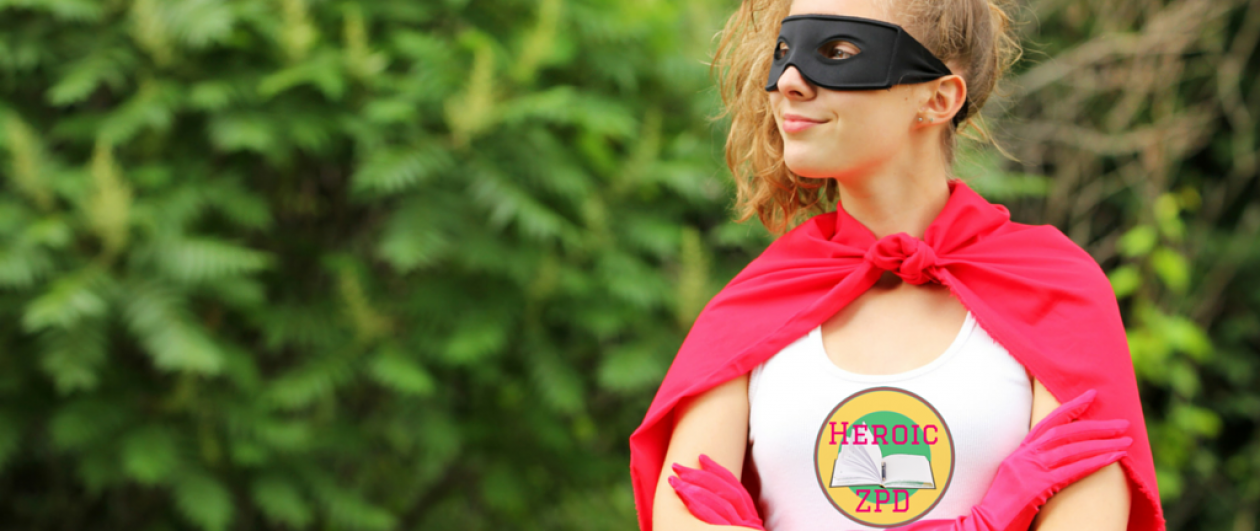
NBC’s Jonathan Allen writes at 12:31 a.m. on Feb. 4 from Des Moines: “All the top Democrats are moving on to New Hampshire, because Iowa failed to do the one job it had.
A colossal caucus night technological foul-up — straight out of a dystopian political novel — will make it harder for the state’s Democratic Party to justify its prized status as the first in the nation to hold a presidential election contest every four years.”
In a similar fashion, the editors of the Boston Globe declare: “Kill the tradition: N.H. and Iowa should not vote first.”
There are plenty of calls for Iowa to lose its status, and perhaps we no longer deserve to be in the electoral limelight. As an Iowan, I’m embarrassed the technology failed, and I’m surprised that the backup plan was so painfully slow in tabulating results.
Is it time to kill the Iowa Caucus? Personally, I would rather have us reform some of the caucus procedures, find highly dependable technology, and figure out a way to increase participation rather than killing the tradition of a caucus.
I see two clear advantages to a caucus. First, for me a caucus is more visceral than a quick and easy vote on the way home from work. I felt a sense of catharsis as I saw neighbors and friends sitting around me and neighbors and friends sitting across the room. I felt deep appreciation for the genuine respect for differences in opinion.
As we prepared to vote, I thought of the earliest days of democracy in ancient Athens when men would sometimes have public votes using a white pebble for “yes” and a black pebble for “no.” In a caucus as each group huddles together and physically takes a count, it just feels like democracy in action. Public voting like this requires the coordination of mind, body, and spirit. It is a powerful communal experience unlike the cold efficiency of filling in a series of dots on a paper ballot.
The second advantage to the caucus system is that it provides additional data beyond placement. As The Washington Post’s Philip Bump points out: “What makes the Iowa caucuses unique, besides serving as an inadvertent software beta-testing laboratory, is that they include voters’ second picks in their calculus. . . . The biggest overall shift was from businessman Andrew Yang to former South Bend, Ind., mayor Pete Buttigieg.” We saw this same Buttigieg Bump at our own caucus site. In teaching we talk about the importance of Visible Learning. Likewise, a caucus provides Visible Voting and analysis.
And so I’m left with more questions than answers. In a vote where so many had second thoughts, what do second choices reveal? And what other applicable lessons can we find in the results from Monday night?

